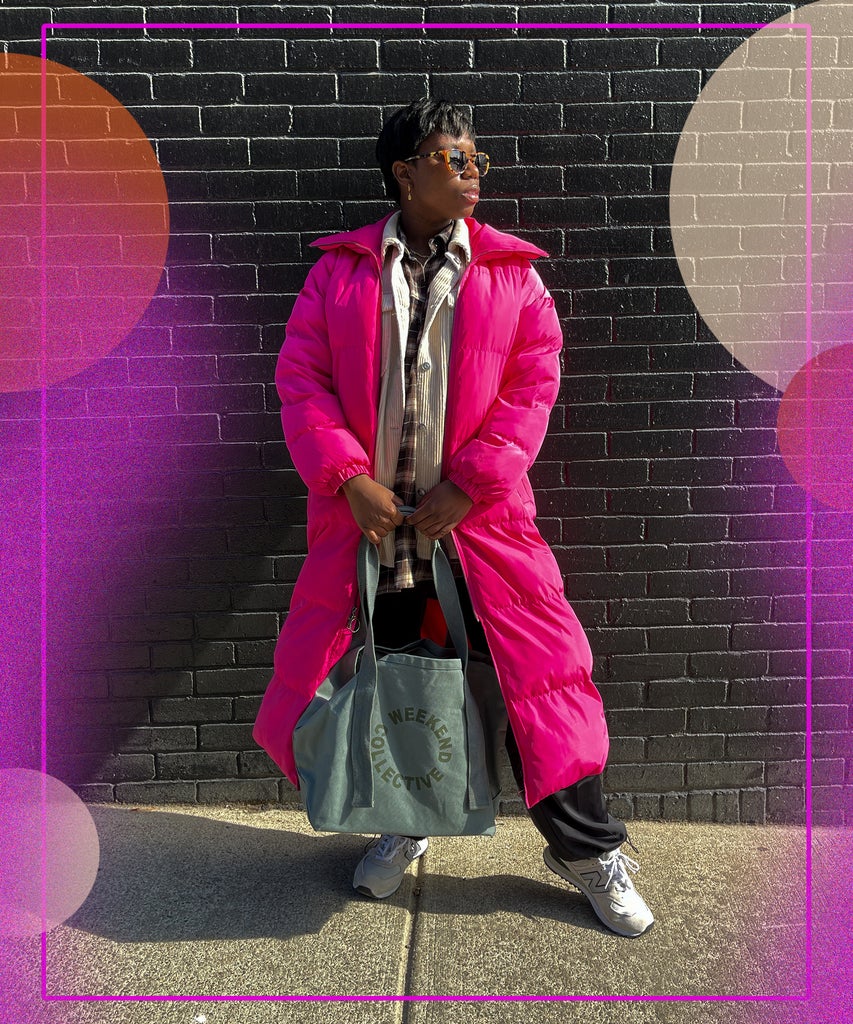
Welcome to Fashionably Black!, a style and culture guide for Black people highlighting the cultural moments, pioneers, and conversations we’ve always been a part of! Putting a magnifying glass to style & self-expression, Fashionably Black! explores the many ways we are the history, we are the fashion, and will ALWAYS be. We’re not trending, we’re true.
As a society, we’re often not pressed to maintain our personal items because we know we can just buy another cheap item to replace them. However, new clothes and shoes weren’t always as accessible; historically, Black people, in particular, have had to make due with what we had due to limited resources. That’s why so many of our families hold on to clothes and anything of value and pass them down to generations to come. The term “sustainability” has evolved into a trendy buzzword to describe the culture of reusing and recycling one’s wardrobe, but the truth is that our community has always been intentional about getting the most out of the clothes we wear.
Growing up, my parents often shared stories about their upbringings, reminiscing about how they had to share all of their possessions with their families. Even though my parents were able to afford the material things that my siblings and I wanted, they were very intentional about teaching us the valuable lesson of sustainability long before it became a buzzword on the internet. From the collection of stained tupperware and mounds of plastic bags underneath the sink to the hand-me-downs we passed along to our younger cousins and family friends, we never let our belongings go to waste. Every spring, my mom would pull out all the clothes I owned, and we’d meticulously comb through them so we could create a pile to give — not throw — away. As we worked, she’d stress the importance of taking care of my clothing and not just treating them as if they were easily replaceable.
I couldn’t stand the lectures back then, but over time, I realized that my mom was right. Thus, my first lessons about fashion came from my parents, and their waste-not, want-not mentality played a huge part in why I pursued fashion as a major in college. Soon, I too started enjoying passing along hand-me-downs, and I took pride in seeing the people I cared about sporting the same pieces I once loved. (I may not have always agreed with how they styled my favorite shirts and mini purses from Limited Too — no shade — but it did feel good to see how they were finding their personal style.) I kept that sustainable mindset going, selling pre-owned shoes on Poshmark and hauling bags of clothes to consignment shops for enough cash to pay for my university textbooks.
The only issue? The items I was selling weren’t high quality enough to rake in a significant amount of money because I was mostly purchasing from fast-fashion stores. You can’t get much for jeans that are already falling apart after three wears.
My dad is the one who emphasized the importance of being cost and quality conscious when it comes to fashion. He’s big on the quality of clothes and shoes. Trust me: to this day, he still rocks the majority of his wardrobe from the 1990s. I always joke that he could open his own shop with the amount of things he has because that FUBU, Sean John, and Nike in his closet are all still in great condition. Years from now, I want to be on his level. Thankfully, I’m now in a place where I can afford to pay a little more for my clothes so that they can have a longer lifespan in my closet. But having more funds also means that now, more than ever, I have to train myself to not always shop new and instead look for my basic essentials from thrift and consignment shops and sometimes even my mom’s closet whenever I get the chance. I can’t lie and say that I’ve successfully resisted every sale, but I’m getting there.
For the future of fashion, we have to prioritize the mindset of valuing and maintaining the clothes that we already own by wearing them more than just a few times. Our society has fallen into the trap of consumerism and fast fashion, chucking a piece after one wear when we should be creative enough to style it in multiple ways. Fortunately, our parents and grandparents have already given many of us the blueprint when it comes to sustainability in fashion by taking what we were given and turning it into abundance. (A reminder that Black people have always led the wave when it comes to style and culture, even with fewer resources.) As I continue developing my personal style, I’m going to keep the lessons — and the hand-me-downs — in the family.
Like what you see? How about some more R29 goodness, right here?

No comments:
Post a Comment